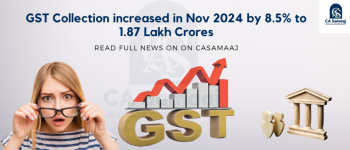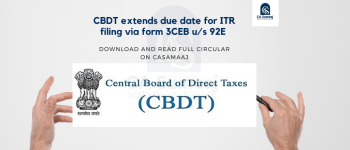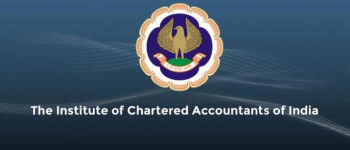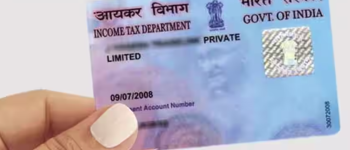GSTR 9 (Annual Return) may reflect input tax credit (ITC) mismatch if not taken care of
-may-reflect-input-tax-credit-(itc)-mismatch-if-not-taken-care-of--.jpg)
The GST annual return form, GSTR-9, has undergone a key update for the financial year 2023-24. These changes, particularly related to Input Tax Credit (ITC), could lead to mismatches if not handled carefully. Understanding and adapting to these changes is essential to avoid complications during filing.
What Has Changed in GSTR-9?
Shift to GSTR-2B for ITC Details
Previously, Table 8A of GSTR-9 relied on data from GSTR-2A, which is based on a supplier's uploaded invoices. Starting this year, Table 8A will now pull information from GSTR-2B, a static ITC statement generated monthly.
Why this change?
GSTR-2B is a more reliable source as it consolidates all invoices uploaded by suppliers and remains constant, reducing the scope for errors or adjustments over time.
Impact on ITC Reconciliation
The data in Table 8A will now reflect invoices uploaded by suppliers into GSTR-2B. If suppliers fail to upload their invoices on time, taxpayers might find discrepancies between the ITC they claimed in GSTR-3B and the auto-populated data in GSTR-2B.
What Taxpayers Should Do
1. File Monthly or Quarterly Returns First
Ensure all your monthly or quarterly returns are submitted before filing GSTR-9. The annual return compiles data from these submissions, so incomplete returns could lead to errors.
2. Monitor GSTR-2B Regularly
Since GSTR-2B forms the basis for ITC details, taxpayers should check it carefully to ensure all eligible credits are accurately recorded.
3. Coordinate with Suppliers
Suppliers play a critical role in this process. They must upload invoices promptly to ensure the data in GSTR-2B is complete. Any delay could result in mismatched credits and unnecessary reconciliation efforts.
Who Needs to File GSTR-9?
All GST-registered taxpayers must file GSTR-9 by December 31, 2024, except for the following:
- Taxpayers with an annual turnover of ₹2 crore or less.
- Input service distributors, those paying tax under TDS/TCS, casual taxable persons, or non-resident taxable persons.
For taxpayers with higher turnovers:
- Turnover above ₹5 crore: Filing of GSTR-9C (a reconciliation statement) is mandatory.
- Turnover between ₹2 crore and ₹5 crore: Filing GSTR-9C is optional.
Key Takeaways for Taxpayers
- Ensure Accurate ITC Claims: Reconcile ITC claimed in GSTR-3B with GSTR-2B data. Any mismatch could attract scrutiny or penalties.
- Plan Ahead: Filing the annual return can be seamless if monthly and quarterly returns are error-free and suppliers upload invoices without delay.
- Seek Professional Help: For businesses with complex GST filings, consulting a tax expert can help avoid errors and ensure compliance.

Author: CA Samaaj
Share your views
Please keep your views respectful and not include any anchors, promotional content or obscene words in them. Such comments will be definitely removed and your IP be blocked for future purpose.
 6th Dec 2024
6th Dec 2024
 5th Dec 2024
5th Dec 2024
 3rd Dec 2024
3rd Dec 2024
 2nd Dec 2024
2nd Dec 2024
 2nd Dec 2024
2nd Dec 2024
 26th Nov 2024
26th Nov 2024
 26th Nov 2024
26th Nov 2024
-may-reflect-input-tax-credit-(itc)-mismatch-if-not-taken-care-of--.jpg) 24th Nov 2024
24th Nov 2024
 24th Nov 2024
24th Nov 2024
 24th Nov 2024
24th Nov 2024
 23rd Nov 2024
23rd Nov 2024
 23rd Nov 2024
23rd Nov 2024
 23rd Nov 2024
23rd Nov 2024
 21st Nov 2024
21st Nov 2024
 21st Nov 2024
21st Nov 2024